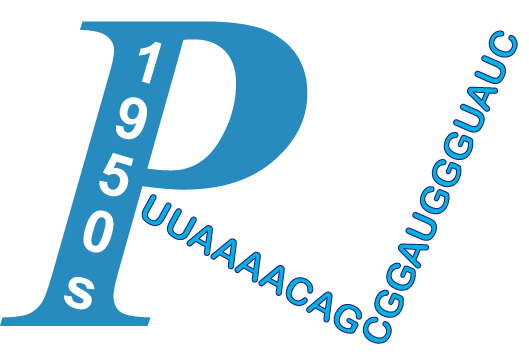| Title | Individual subunits of a rhinovirus causing common cold exhibit largely different protein-RNA contact site conformations. | ||
| Author | Blaas, Dieter | ||
| Journal | Commun Biol | Publication Year/Month | 2020-Sep |
| PMID | 32994533 | PMCID | PMC7525237 |
| Affiliation | 1.Vienna Biocenter, Max Perutz Laboratories, Centre of Medical Biochemistry, Medical University of Vienna, Dr. Bohr Gasse 9/3, A-1030, Vienna, Austria. dieter.blaas@meduniwien.ac.at. | ||
Rhinoviruses cause the common cold. They are icosahedral, built from sixty copies each of the capsid proteins VP1 through VP4 arranged in a pseudo T = 3 lattice. This shell encases a ss(+) RNA genome. Three-D classification of single and oligomeric asymmetric units computationally excised from a 2.9 A cryo-EM density map of rhinovirus A89, showed that VP4 and the N-terminal extension of VP1 adopt different conformations within the otherwise identical 3D-structures. Analysis of up to sixty classes of single subunits and of six classes of subunit dimers, trimers, and pentamers revealed different orientations of the amino acid residues at the interface with the RNA suggesting that local asymmetry is dictated by disparities of the interacting nucleotide sequences. The different conformations escape detection by 3-D structure determination of entire virions with the conformational heterogeneity being only indicated by low density. My results do not exclude that the RNA follows a conserved assembly mechanism, contacting most or all asymmetric units in a specific way. However, as suggested by the gradual loss of asymmetry with increasing oligomerization and the 3D-structure of entire virions reconstructed by using Euler angles selected in the classification of single subunits, RNA path and/or folding likely differ from virion to virion.
